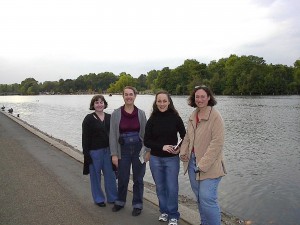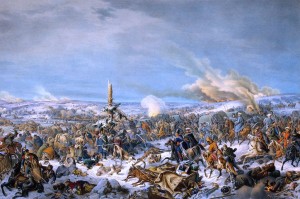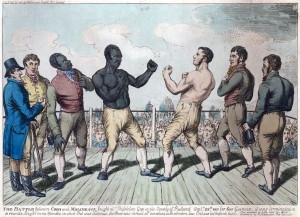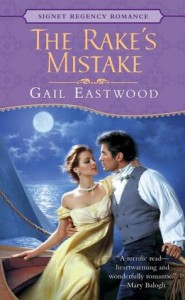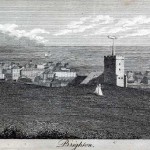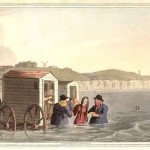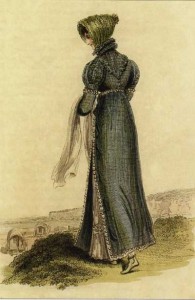The Beau Monde is the Regency Chapter of the Romance Writers of America. I’ve been a member for years and it is my go-to place for any questions about historical accuracy. To several of you, this comes as no surprise. You are probably members of Beau Monde as well, and you will have seen this information.
I just could not resist passing these treasures on.
Readers of Regency romance are familiar with Rotten Row, that part of Hyde Park where gentlemen and their ladies could ride on horseback, usually in the morning. This is not to be confused with the “fashionable hour” when gentlemen and ladies rode through the park in their curricles or high-perch phaetons.
This week on the Beau Monde loop, I learned of these treasures.
First is Kathryn Kane’s very thorough, very well-researched article on Rotten Row for The Regency Redingote (What a treasure trove her blog is! Scroll around in it a little)
I learned a new term from this blog–hacking–meaning, riding for pleasure. I also learned that Rotten Row was available for grooms to exercise their employers’ horses. I had not ever thought about where grooms exercised the horses or when.
But there was so much more there.
Angelyn was the person who pointed us to a video of Hyde Park. This is from the 1930s, but it is not too difficult to imagine it from a century earlier.
SPRING IN HYDE PARK – ROTTEN ROW
Thank also to the British Pathe for that video!
On my 2003 trip to England, on the Regency Tour organized by Patty Suchy of Novel Explorations, Amanda and I joined authors Brenda Hiatt, Galen Foley, and my friend Julie for a walk across Hyde Park. It was one of the highlights of the trip! Here they are, from L to R Amanda, Brenda, Galen, and Julie:
Have you ever been to Hyde Park? Seen Rotten Row?
What park is your favorite for a nice long walk?


